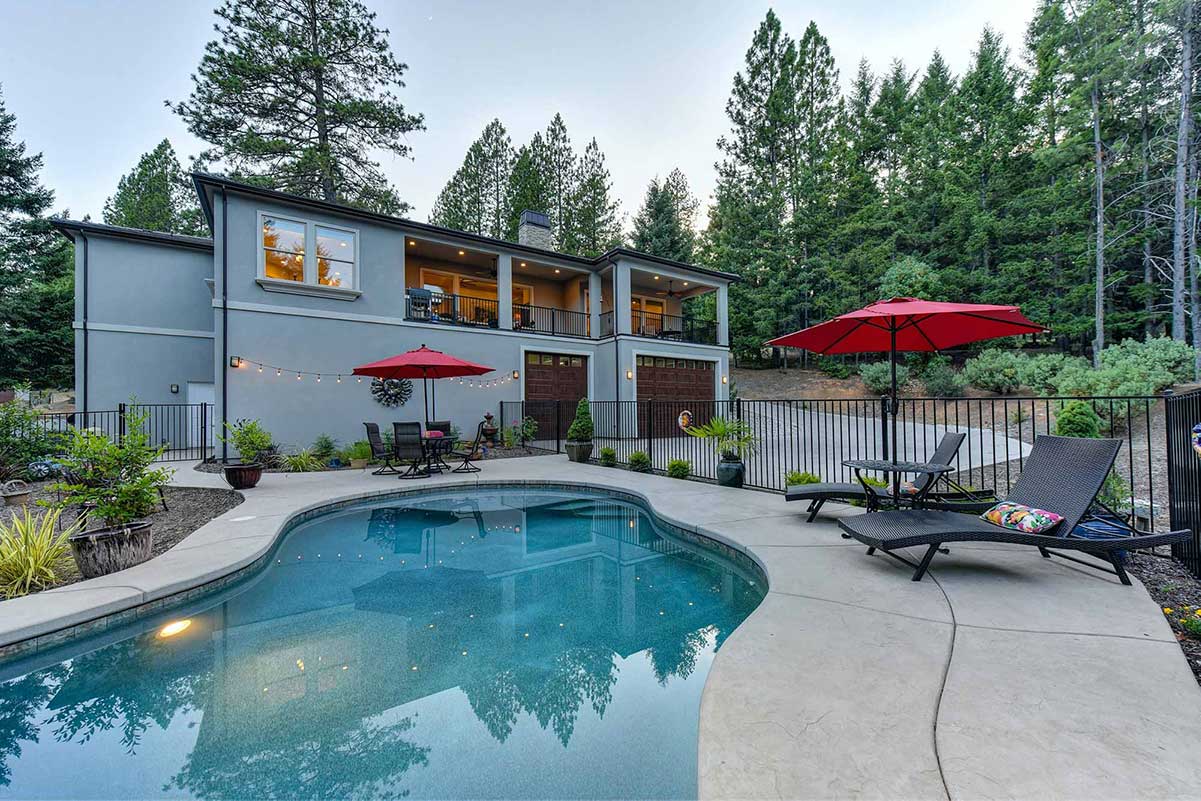In desirable areas, perpetually increasing property values should be coupled with diligent long-term capital planning.
What is Capital Planning?
When you look out the window, staring back at you, perhaps invisible, is capital planning.
When a building is conceived and birthed, it begins a journey through time. This building must not make the journey alone. Its entire purpose is to stand reliably still. So it cannot move to respond to its own needs.
Even without natural disasters, the structure’s components will not last forever. Roofs develop holes. Paint wears and chips. Mechanical systems deteriorate with use and grind to a halt. Luckily, most elements have predictable useful lives.
Every mechanism is less expensive and inconvenient to upgrade proactively rather than in an emergency. Would you prefer to fix your structure’s boiler in an urgent situation, without hot water for a month, or plan to replace it before that happens?
Implementation
Capital projects may seem like daunting tasks. In reality, the most difficult part of long-term maintenance and property improvement is paying for the work. Coming up with money is much less challenging if a diligent homeowner’s association with an intuitive board of directors implements smart budgets and funds the reserve accounts.
Reserve account funds should come from assessments and be used for large-scale upgrades and repairs. Reserve studies performed by certified specialists should be completed every three to five years to get the best idea of what needs to be renovated. With these studies, managers and boards can form capital plans that integrate with the budgets every year.
Vail and Miami are very different locations, but few places are getting cheaper. It is critical to factor inflation into assessments to future-proof your HOA and property.
Risks of Neglecting Capital Planning
The only thing more expensive than paying for upkeep is NOT paying for it!
Liability
Imagine Association A has railings that are four years past their useful lives. Some of the old metal banisters are rusted through; others have come loose from the building itself. Ideally, the railings still support weight. There is a risk of injury. Suppose an unfortunate event or fall occurs and there is a record of neglect, such as meeting minutes. In that case, Association A is in a very high-risk situation for negligence and financial liability.
Special Assessments
When an HOA disregards a critical item that ends up breaking unexpectedly, the members must replace it promptly. If the reserve accounts are not funded adequately, a special owner assessment becomes immediately necessary. Special assessments require each owner to spend a healthy sum in a relatively short amount of time and are not generally well received by members.
Property Value
Even in highly desirable resort areas chipping paint, old siding, and leaky roofs are bad for sale prices. Maintaining a reserve cushion is an investment in your property value. Otherwise, potential buyers will discover such issues in the due diligence phase and use that to negotiate the price down or back out altogether.
Worst Case
The Surfside Towers tragedy in Miami is a sad reminder that buildings can collapse. Understanding the fundamental concepts in building construction and capital planning can help avoid the most severe consequences.
Conclusion
Planning and spending now will save a lot of money and headaches later. A homeowner’s association must stay current on their reserve studies, budgeting, and capital planning to ensure their homes remain in good condition for generations.

